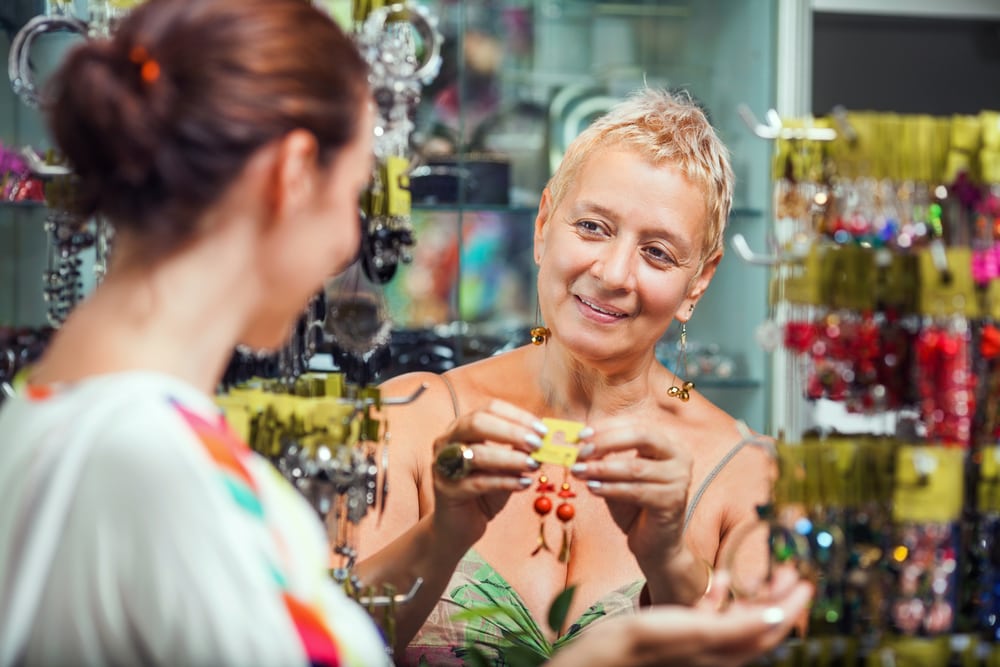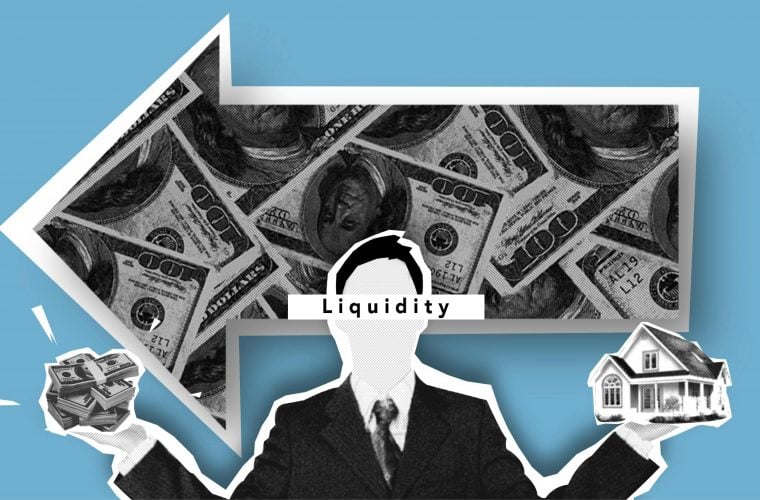
Beyond POS: How Retailers Are Innovating Outside the Register
Contributed by Florent Peyre, COO and co-founder of Placemeter.
Most of the recent innovation in the retail industry has been driven by tinkering with point of sale technologies. In 2015, we saw some major moves and advancements in POS, with Square taking considerable share of the market and Apple Pay gaining significant adoption as well. While many of these solutions are incredibly powerful, retailers’ obsession with the point of sale is leading us to ignore other areas of the shopping experience that are desperate for innovation.
I believe that in 2016 we will finally begin moving beyond the POS bubble and see more and more retailers exploring other ways to differentiate. Unique and exceptional customer experiences will continue to replace our culture of big box, one-size-fits all shopping. This doesn’t necessarily reflect a rise in boutique-oriented shops, but rather a better understanding of customers by even mainstream retailers, propelled by more versatile and real-time analytics that reach far beyond POS considerations.
If we consider how grocery stores have evolved over the past decade, we can see one way major retailers can begin reshaping their customer experiences. The end-to-end experience at the typical American grocery store has been entirely reinvented and overhauled, and the result is a nearly $600 billion industry that consistently sits near the top of every customer satisfaction index.
Grocery stores have of course innovated with POS technologies, but what has really marked the change is the layout of stores, the services provided behind the register, and the assistance provided by staff. Many grocery stores now even have full-time sommeliers in the wine section. Others have cooking classes and demonstrations in auditorium-style kitchens. Whole Foods has even put a beer and oyster bar in their headquarters in Austin, and they sell records and sharpen knives at their store in Brooklyn.
These stores are relentless in their design and evolution of the entire customer experience. From selecting the perfect location, to parking, entrance design, layout, entertainment and beyond, grocers take great pains to design a full experience that provides consistently satisfying experiences. As the practice of customer journey mapping has taken off in recent years, you can see how grocery stores were ahead of the curve.
Here are three other “point” areas where we will see retailers innovate in the year ahead as they begin considering the full customer experience.
Point of Entry
When we talk about retail entrances, we often focus on architecture and design. Apple’s Fifth Avenue location is one of the most photographed attractions in New York, in fact.
Yet technology has a role to play at this point in the experience. While there are some extreme examples of human-like robots acting as greeters, there are many less jarring examples at the entrance. Augmented reality and holographic technology are two of the most compelling.
For starters, some retailers are creating invisible stores in public spaces, only to deliver the products you purchase to your door. In this sense, the entrance to your store can be a famous landmark, a beautiful vista, or even a mere parking lot. Others are testing out holographic shopping assistants and greeters, that provide helpful information to shoppers as they enter and navigate the store.
But point of entry also produces a myriad of interesting data and insights that is as useful as anything POS. In the same ways that we track how customers come to our websites and how they maneuver through our online sales process, point of entry in the real world throws off equally interesting data about what most entices customers and when are they most engaged so retailers can turn window browsers into in-store shoppers.
Point of Consideration
Macy’s has been equipping their fitting rooms with tablets to help customers get a different size of the items they are trying on. Any time a shopper takes something into the fitting room, you’re in the home-stretch of a sale. Still, there are many steps where customers can be lost between trying on and purchasing, especially for the impatient attention spans of most modern shoppers.
Smart fitting rooms apply relatively simple technologies, along with an integration into your inventory system, to tell shoppers what other sizes and colors are in stock, while conveniently suggesting other matching items to complete an outfit.
Think of how smarter tags and recommendations might not just provide greater convenience to your customers, but also additional sales. Being able to track what customers are trying on but failing to purchase is like being able to analyse what gets abandoned in online shopping carts. The interest has clearly been sparked, but what failed to convert? These are valuable insights that have traditionally been limited only to expert sales people on the ground, but can now be coordinated and cross-correlated across stores.
Point of Post-Sale
Once a purchase is made, many retailers think the customer journey is complete. Instead, they need to recognize that the process of establishing loyalty and repeat customers is just beginning. The completion of a purchase should trigger an entire process to get the customer back into the store, or impress them enough that they tell their friends and family about their experience.
Brooks Brothers uses highly sophisticated technology to do just that. They send handwritten thank you notes to customers after they’ve been in the store. The digital equivalent isn’t too much of a stretch, and can be just as authentic.
Alfred Dunhill is well known for their post-sale digital campaigns, in which customers are invited to special events or delivered content and materials that are just as luxurious as the in-store environment.
This is done with basic marketing automation software, but the results are tremendous. Customers enjoy each touchpoint with the brand, and feel part of a community with special privileges. Loyalty and repeat business is the next logical step.
Today’s customers are smart and savvy and they expect exceptional experiences. Retailers that invest in technology that is mutually beneficial to both the customer and themselves will see much greater returns.
Thinking beyond POS technology to consider how the entire experience can be improved has become an imperative for retailers. The best retail technologies provide non-trivial value to shoppers by powering better experiences—earning their loyalty and repeat visits in the process.
Contributed by Florent Peyre, a COO and co-founder of Placemeter, an urban intelligence platform that quantifies the movement of modern cities, at scale. Placemeter’s mission is to help build stronger businesses, efficient cities, and innovative neighborhoods worldwide.














